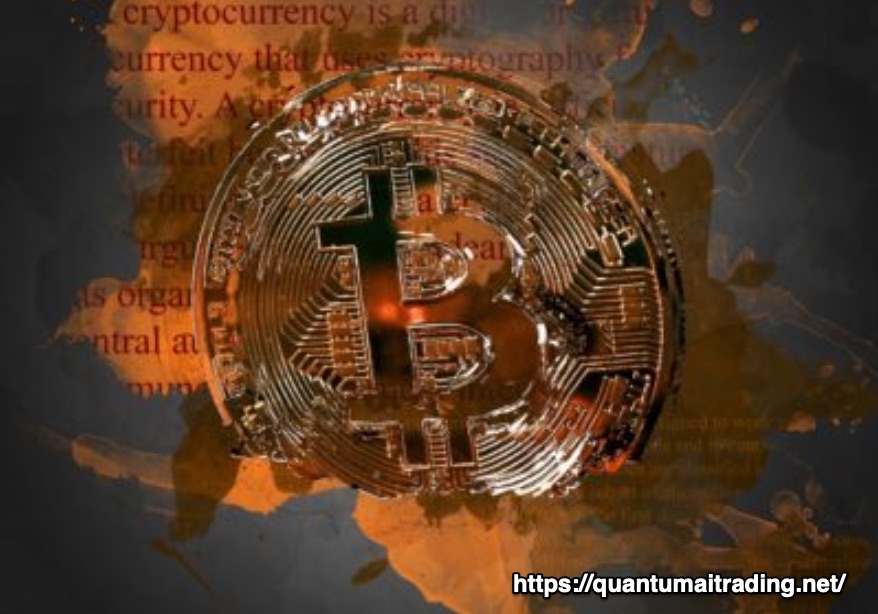
Why Doing Good is Not Always Easy
September 15, 2015
A Lesson From a Grapefruit
September 17, 2015If you start The Martian, you will not be able to stop. A book and soon to be released movie, the story is about what XKCD says (below) and lots more.

From: xkcd
During a Mars mission, astronaut Mark Watney is assumed dead when his crew mates evacuate during a catastrophic storm. Soon after, Watney awakens alone. He has two months of rations that need to sustain him until the next Mars crew arrives in four years. But Watney is a botanist who can figure out how to stretch his food supply by growing potatoes. He is an engineer who can reconfigure NASA technology to keep him warm and breathing and connect malfunctioning communications with earth. Also, he is very funny.
Where are we going? To how space travel helps the earth economy.
India
On September 24, 2014, India’s Mangalyaan (Mars craft in Hindu) satellite entered its Mars orbit, ready to accumulate scientific data. Forced to economize, they spent only $74 million (probably less than it cost to film The Martian) by using domestically made equipment and, as the BBC explained, doing things simply. Criticized that the opportunity cost is too great, the Indian government can point out that they did not sacrifice irretrievable health care or sanitation spending. Instead, what they learn from a Mars probe can be used tangibly to build an exportable space industry and intangibly to inspire their population.
U.S.
Years of space travel have brought NASA technology back to earth. Think Tempur-Pedic mattress or Dr, Scholl’s gel inserts and you start with a NASA innovation. Or, police and military body armor that is based on the liquid crystal polyester fiber that needed to withstand Mars’s rocks and bounces and possible punctures. Or camera lenses, 3D technology, and even an environmentally safe pesticide called Flycracker that stops larvae from becoming adults. Including a Space Food Stick (the grandma of the energy bar), air purifiers and non-lab bacteria identification, the list is long.
M&Ms have been a space staple since 1981 because of their ability to withstand extreme conditions. They were not developed by NASA.

From: NASA.gov on board the International Space Station.
Our Bottom Line: Externalities
When the technological and inspirational benefits of travel to Mars and other inter-planetary related innovation are enjoyed by millions of people, the ripple is a positive externality that can boost economic development in developing countries like India.
![econlifelogotrademarkedwebsitelogo[1]](/wp-content/uploads/2024/05/econlifelogotrademarkedwebsitelogo1.png#100878)



